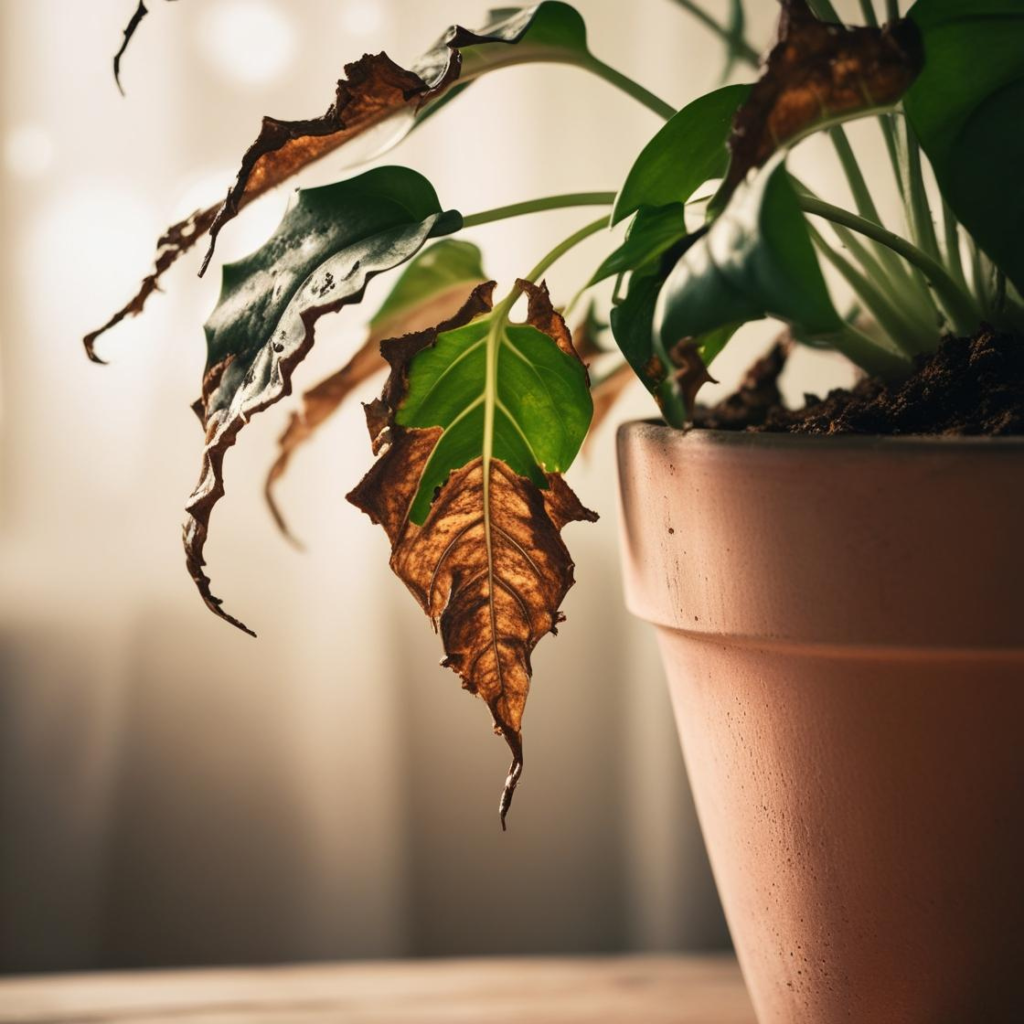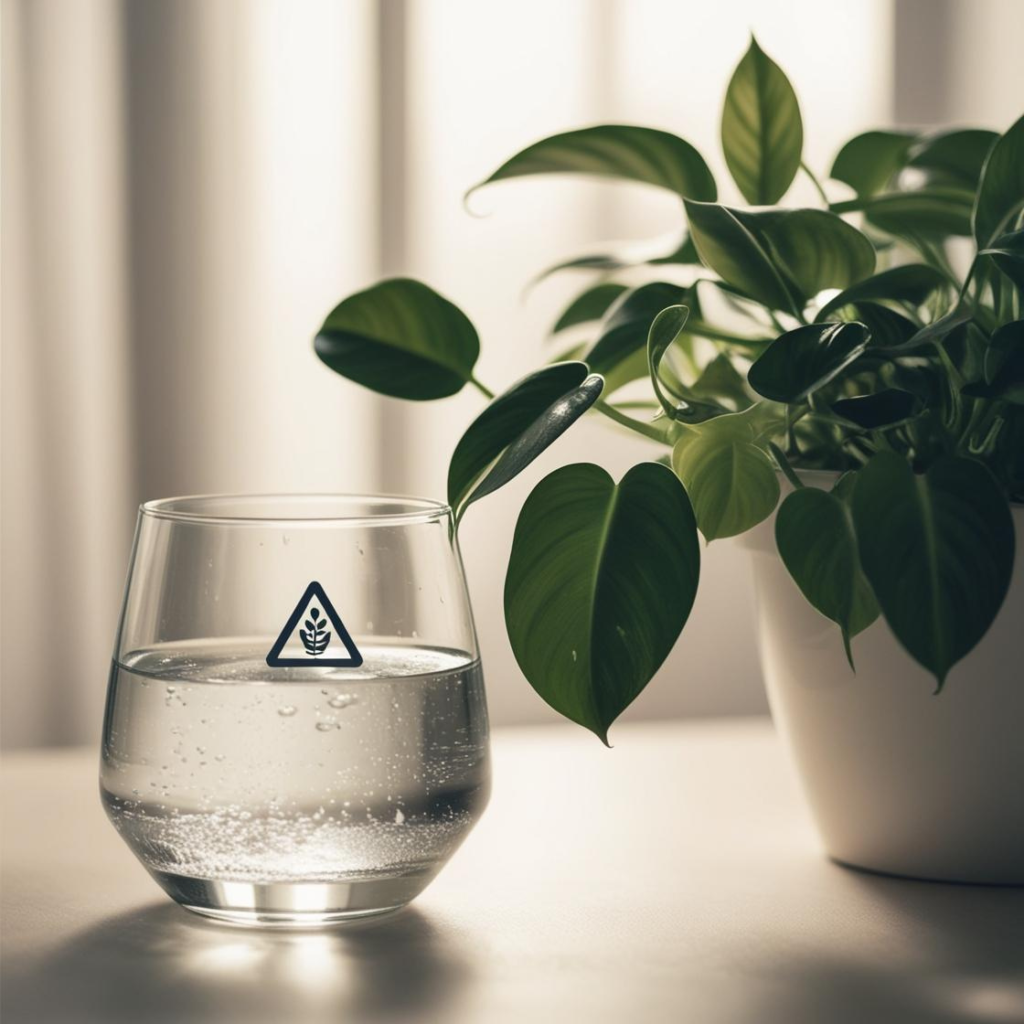Houseplants can brighten your home, but mastering house plant care takes more than just admiration. Proper watering is essential for their health, yet many plant lovers make common mistakes that harm their plants. In this article, we’ll cover the top watering mistakes and offer practical tips to help your houseplants thrive.
Understanding Your Houseplant’s Water Needs
The Importance of Proper Watering
Watering is one of the most critical aspects of house plant care. While all plants require water to survive, their needs can vary significantly based on factors such as species, size, pot type, and environmental conditions. Overwatering or underwatering can lead to root rot, wilting, and other health issues. Understanding your plant’s specific needs is the first step in mastering house plant care.
Factors Influencing Watering Needs
- Plant Species: Different plants have different water requirements. For example, succulents and cacti thrive in dry conditions, while ferns prefer consistently moist soil.
- Pot Type: The material and size of the pot affect soil moisture levels. Terracotta pots are porous and allow for evaporation, while plastic pots retain moisture longer.
- Environmental Conditions: Factors like humidity, temperature, and light exposure all influence how quickly the soil dries out.
Common Watering Mistakes to Avoid
1. Overwatering

Overwatering is one of the most common mistakes made by houseplant owners. When plants sit in soggy soil, their roots can suffocate, leading to root rot and other serious issues. Signs of overwatering include yellowing leaves, mushy stems, and a musty smell from the soil.
Tip: Always check the soil moisture before watering. Stick your finger about an inch into the soil; if it feels dry, it’s time to water. If it’s still moist, wait a few days before checking again.
2. Underwatering

On the flip side, underwatering can also harm your plants. When plants don’t receive enough water, they can become dehydrated, leading to wilting, crispy leaves, and stunted growth.
Tip: Create a consistent watering schedule based on your plant’s needs, and adjust as necessary based on the season and environmental conditions.
3. Ignoring Drainage

Proper drainage is crucial for healthy houseplants. Without adequate drainage, excess water can accumulate at the bottom of the pot, leading to root rot. Many new plant owners overlook the importance of drainage holes.
Tip: Always use pots with drainage holes and consider adding a layer of pebbles or activated charcoal to promote drainage.
4. Watering on a Schedule – a must for house plant care

While it’s important to have a routine, watering based solely on a schedule can be detrimental. Just because it’s a certain day doesn’t mean your plants need water. Seasonal changes and variations in humidity can greatly affect soil moisture levels.
Tip: Instead of a strict schedule, make watering decisions based on your plant’s specific needs and environmental conditions.
5. Using Tap Water Without Treatment

Many tap water sources contain chemicals like chlorine and fluoride, which can be harmful to some houseplants. While most plants are hardy and can tolerate treated water, sensitive species may suffer from chemical exposure.
Tip: Allow tap water to sit out for 24 hours before using it on your plants. This helps chlorine dissipate, making the water safer for your greenery.
Best Practices for Watering Houseplants
1. Know Your Plants
Research the specific watering needs of each of your houseplants. Understanding the unique requirements of each species will help you avoid common pitfalls.
2. Use the Right Soil
Choosing the right potting mix is essential for proper water retention and drainage. For example, succulents benefit from a well-draining mix, while tropical plants may thrive in a moisture-retentive soil.
3. Observe Your Plants
Pay attention to your plants’ behavior. If they look droopy, it might be a sign they need water. Conversely, yellowing leaves may indicate overwatering. Observing your plants regularly will help you learn their cues.
4. Invest in a Moisture Meter
For those unsure about their plant’s water needs, consider investing in a moisture meter. This handy tool can help you determine when to water, providing you with peace of mind.
Conclusion
Mastering house plant care, particularly watering, is crucial for keeping your plants healthy and vibrant. By avoiding common watering mistakes like overwatering, underwatering, and neglecting drainage, you can create a thriving indoor garden. Remember to understand your plants’ specific needs, observe their behavior, and adjust your care accordingly. With a little attention and care, your houseplants will flourish, bringing life and beauty to your home.



